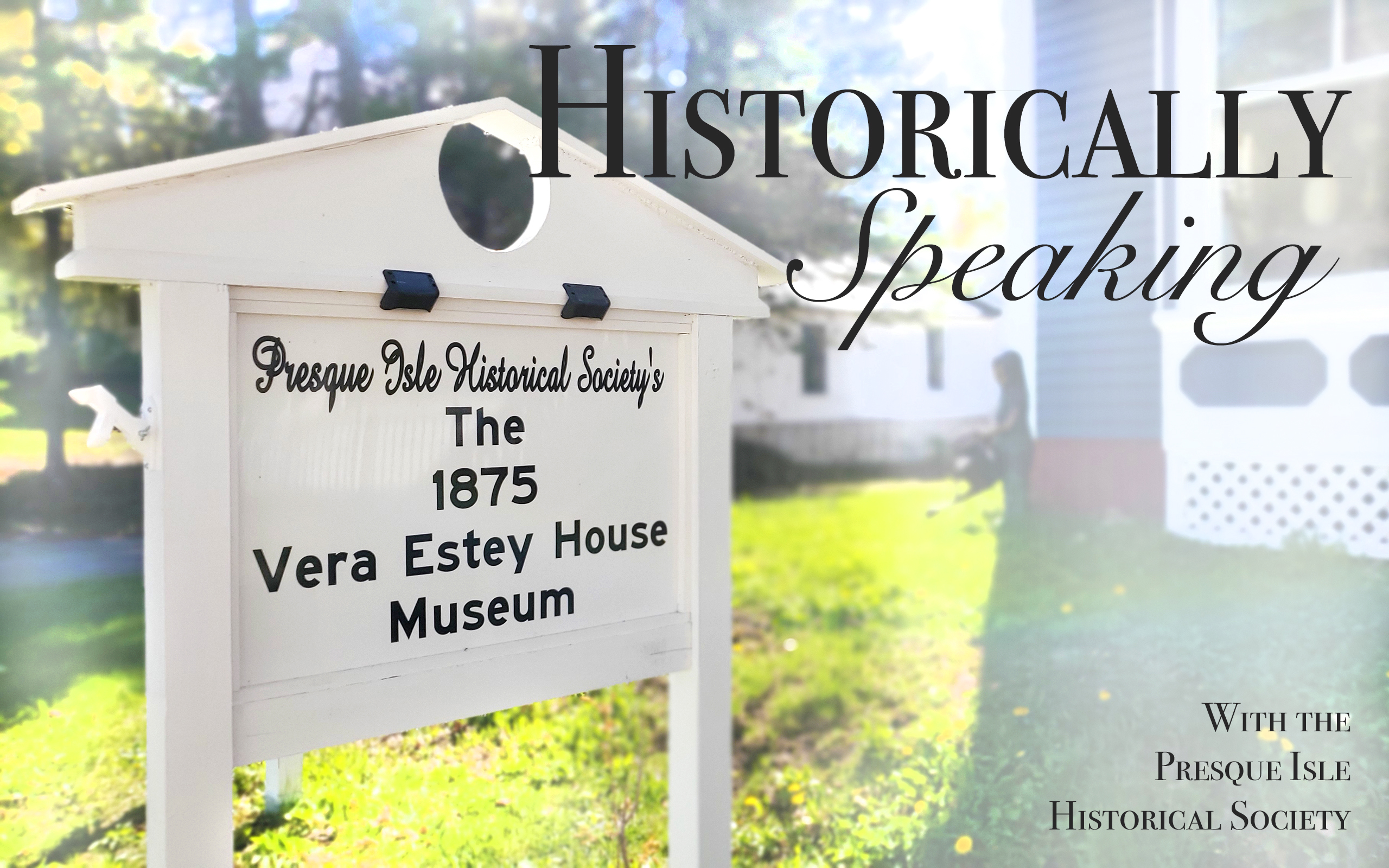Anyone familiar with me knows that I am fascinated by all things Victorian. The Victorian Era refers to the period from 1837 to1901 when Queen Victoria reigned in England.
This era represented the first time that families actually had expendable income. As a result, the Victorians boldly embraced status symbols to show off their newfound wealth and raised many practices to an art form. In addition, the Victorians had strict societal rules about all things — how to dress when one went out in public, the proper way to “court” or date, how to mourn the loss of a loved one, and much more.
One of those sets of rules applied to how one visited or “called” on friends and neighbors. Today, if we want to visit someone, we often simply show up on any given day at any given time with little to no expectations.
During the Victorian Era, calling on someone was an important social event with a great number of rules. To go against these rules was social suicide.
The concept of calling cards may have originated with the Egyptians who were known to leave ceramic tiles with the owner’s name and title in their temples of worship. The calling card in a paper and ink version, however, likely started in France in the 18th Century spreading across Europe before ultimately making it to the United States.
Calling cards, also known as visiting cards, visiting tickets, or compliment cards started as simple undecorated cards with the presenter’s name and title written, in calligraphy of course, or printed on them. The cards were approximately the size of today’s business cards.
Like many other functional objects, the Victorians soon took the cards and the rules behind them to a new level. With the advent of the printing press in the late 1800s (Industrial Revolution), new printing technologies allowed for much more elaborate and colorful cards. Popular images on the cards included flowers, doves, hearts, delicate hands, and baby animals – many of which also were symbolic to the Victorians.
Some of the rules that surrounded the calling cards included: a “proper” call lasted only 15 minutes; and calling on an acquaintance took place from 3 to 4 p.m., while calling on a well-known friend would take place from 4 to 5 p.m. A caller would present the card to the “staff” and be shown to the parlor while waiting for the lady of the house. Calling cards were kept in a special tray in the entrance hall or foyer. A tray full of calling cards was a way to tell the visitor how popular the family was with the cards of wealthy or influential people purposely kept at the top of the pile to impress others.
Other rules indicated that young ladies would not have cards of their own but have their names handwritten under their mother’s name on the card. In addition, the lady of the house was expected to return the call or visit. Women at the time actually kept records of who called upon them and who they called upon. Calls not returned were considered a snub, which was a very serious faux pas to the Victorians.
Presque Isle Historical Society’s 1875 Vera Estey House Museum actually has an exhibit in the front entrance hall of various types of Victorian Calling Cards, some of which are displayed in a silver calling card tray. Tours of the house are scheduled throughout the summer months. Please visit the Society’s website at www.pihistory.org to view the 2024 schedule.
Calling cards disappeared from the social scene in the early 1900s. However, the simple version with name and phone number are making somewhat of a comeback amongst the younger generations who want to provide someone with contact information without a work-related aspect.
Kimberly R. Smith is the secretary/treasurer of the Presque Isle Historical Society.








